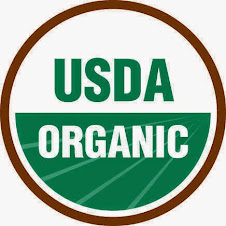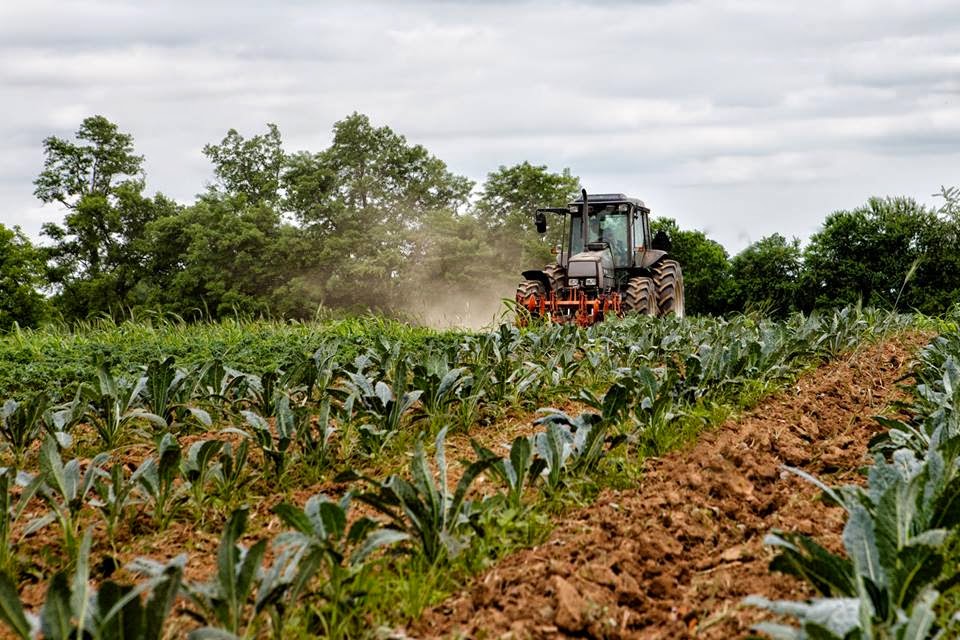Experiencing Extreme Cold at Elmwood Stock Farm
We
are often asked what life is like at Elmwood Stock Farm when we have record
setting lows? Caring for the livestock and green houses in such frigid
conditions takes the right equipment and proper planning. But who could have
ever thought it would be -24 degrees F, wow!
Proper planning comes from a collective
family body of knowledge gained from previous experiences, which actually goes
back a few generations. For example, how close to the ground you hang a gate is
critical to its function. Too high, and a sheep or steer will try to go under,
too low and you cannot open it without having to shovel snow to take them their
hay each day. The location of the gate must take into account several factors.
Slopes should be shallow if possible, and sideways slopes are more treacherous
when stopping and parking the tractor, to open and close the gate, especially
in snow and soon-to-be mud season. Over the years, this type of logic has gone
into every aspect in the siting of buildings, roads, fence rows, equipment
storage, access to water for irrigation and livestock, etc.
The roll bales of hay are moved from their
fields, as they are made in summer, to a central location on the farm. The
hay-yard needs to be where the cattle cannot get into it, but is easily
accessible from a good road. As part of our forage based stock management
system, the best scenario is for the livestock’s winter pasture to be
kind-sorta near the hay-yard to make it a little easier for the daily feeding,
especially if we encounter a foot of snow and sub-zero temps. But keeping in
mind a multi-year crop rotation doesn’t always allow for such close access.
As far as the animals are concerned, when
they are under the proper plane of nutrition for their class of animal, the
frigid temperatures are not of great concern to them. Their maintenance level
of dietary intake goes up, and we want them to thrive, not just maintain, so
they get more hay accordingly. Truth be told, a 37 degree F rain takes the heat
out of them much more than snow or temperatures below 32 degrees. Access to water
is vitally important in such frigid conditions, albeit they drink less. It’s
not just that a steer or heifer is eating 20-25 pounds of dry hay; there is
still evaporative cooling through the hide happening in the cold wind. Access
to water is another reason to have the livestock kind-sorta nearby so breaking
ice from surface water on a tank or checking heaters from various water
delivery systems is close to tools and equipment if it becomes necessary.
Naturally flowing water is not when it goes to -28 degrees.
So, tools and equipment start at home.
Carhart has the body armor in good shape, with boots and gloves that need to be
carefully selected. Over the years we have evaluated the kind of gloves used by
lobster fishermen in Maine, utility linemen in the upper Midwest, mountain
climbers, and farmers from all over, and every person has their own system. In
the opinion of at least one of us, the perfect gloves are yet to be invented.
Anyway, keeping your fingers warm in order to handle doors, tractor levers,
gate chains, tools, buckets and the like is crucial to not feeling rushed and
doing the job well. Between the snow and watering the stock, it is important to
keep fingers dry as well.
Equipment like trucks and tractors are
barely designed to perform well in such extreme conditions. The diesel trucks
and tractors have electric block heaters to keep the engine and associated
fluids at a more reasonable temperature and an additive to the fuel helps keep
it from jelling when sooo cold. The heater is no help to the remote hydraulic
systems and brakes, so you have to go easy until those important systems have
time to warm up during operation.
A high tunnel is an unheated stretched
plastic greenhouse structure which means snow and ice can build up on top,
since there is no internal heat to melt it like traditional heated greenhouses.
The weight of the snow can stress the plastic and the frame must be strong
enough not to buckle from the load. As the snow and ice goes through the
thawing cycles, there is potential for ice chards to cut the plastic as it
slides off. Sunshine can warm up inside during the day to help.
When the earth freezes deeply, the ice
crystal formation can cause the ground to swell, making it hard to open barn
doors. This problem gets back to good design, as the doors should be low enough
to be kept from swaying in hard winds but not stuck in the ground in conditions
like the current.
So what’s it like at Elmwood Stock Farm
when we have years like this? We bundle up before going out and have an idea of
what to expect when we get there. Everything takes longer to do. Proper
planning is recognized quickly. The livestock are appreciative and content. It
is truly rewarding to get back inside by the fire, knowing you shared an
experience with Mother Nature not seen by many. And then we make notes of the
adjustments that need to be made in the system; after all, it’s just chores.






